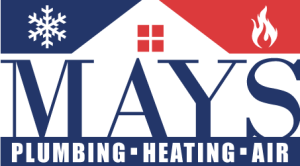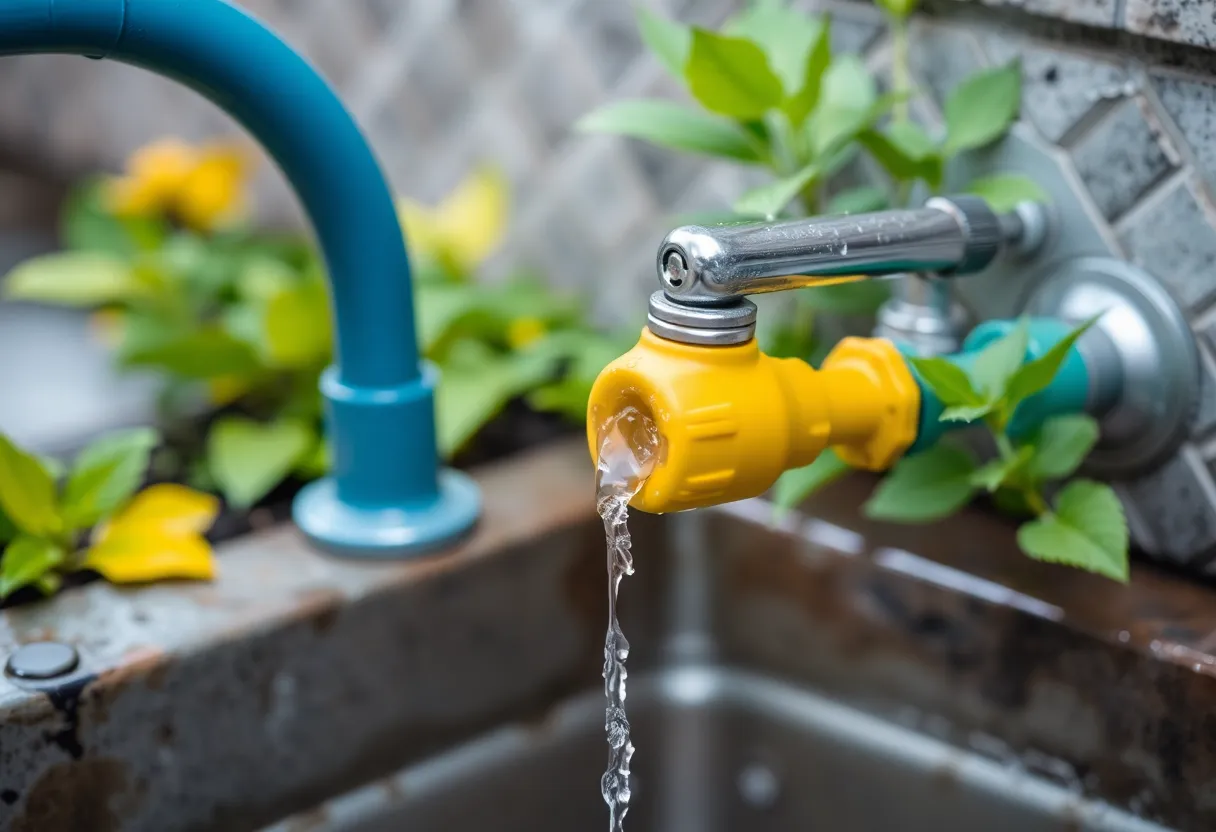Solving the Pipe Puzzle: A Comprehensive How-To Guide for DIY Home Plumbing Success
Managing to fix that pesky pipeline or leaky faucet on your own can be a truly rewarding experience. Though the task can initially seem to be a disconcerting puzzle, with the right steps and guidance, you can churn out some DIY home plumbing success. This comprehensive guide is here to grant you a sense of liberation from the high costs of hiring professional plumbers.
Section I: Understanding the Plumbing Basics
Before you dive into handling your plumbing issues, you need to understand some of the basics. Having basic knowledge can eliminate a significant amount of confusion and limit the chance of making costly mistakes.
A. Knowing your Plumbing System
Typically, home plumbing systems incorporate two subsystems. One brings freshwater in, and the other takes wastewater out. Understanding this can provide a clear overture for your subsequent DIY plumbing projects.
B. Understanding the Tools Required
Having the right tools on hand can make your plumbing tasks easier. Here’s a list of essential tools you should consider having:
- Adjustable wrench: Useful in handling hex-shaped nuts on pipes and fittings.
- Plunger: A must-have tool in every household to loosen clogs.
- Pipe Wrench: Best for screwing pipes and pipe fittings.
- Drain Snake: When a plunger fails to clear a clog, a drain snake can become your savior.
Section II: DIY Plumbing Tips for Common Issues
While it’s vital to know when you should call a professional, you can address a lot of common plumbing issues yourself. Let’s understand how to tackle them effectively:
A. Fixing a Leaky Faucet
This is perhaps one of the most infamous types of home plumbing problems. Here’s how to solve this issue:
- Firstly, you need to figure out the type of faucet you have: ball, cartridge, or disk.
- Once you’ve identified this, buy a repair kit for your faucet type.
- Turn off the water source, disassemble the faucet, and replace the broken part.
B. Unclogging Drains
A clogged drain can be a homeowner’s worst nightmare. However, with the right steps, it can be cleared:
- Use a plunger to loosen the clog.
- If that doesn’t do the trick, insert a plumber’s snake into the drain to remove the blockage.
- You can also try a hand auger if the clog is stubborn.
C. Repairing Running Toilets
Running toilets waste a significant amount of water, resulting in high utility bills. Here’s how you can fix them:
- Remove the toilet tank lid and inspect the fill valve assembly to ensure it’s working correctly.
- If not, you might need to adjust or replace it.
Section III: Safety Tips for Performing DIY Plumbing Tasks
While it can be advantageous to do your plumbing, it’s essential to prioritize safety. Below are some safety tips you should follow:
A. Switch Off the Main Water Supply
Before you start working on any plumbing project, ensure that you turn off the main water supply. This will prevent any water from gushing out while you are handling the plumbing task.
B. Wear Protective Clothing and Gear
DIY plumbing tasks can get dirty and hazardous. So, ensure you wear sturdy, protective clothing, including gloves, goggles, and a facial mask if necessary.
C. Double-Check Electrical Appliances or Outlets
If you are handling a water leak close to electrical appliances or outlets, ensure that they are switched off. You don’t want to risk electrocution during the task.
By arming yourself with these simple yet effective DIY plumbing tips, you can save yourself a tidy sum on professional plumbing charge, not to mention the satisfaction of having solved the pipe problem yourself. So, the next time you face a pipe puzzle, don’t dread; instead, gear up to tackle it like a pro!












